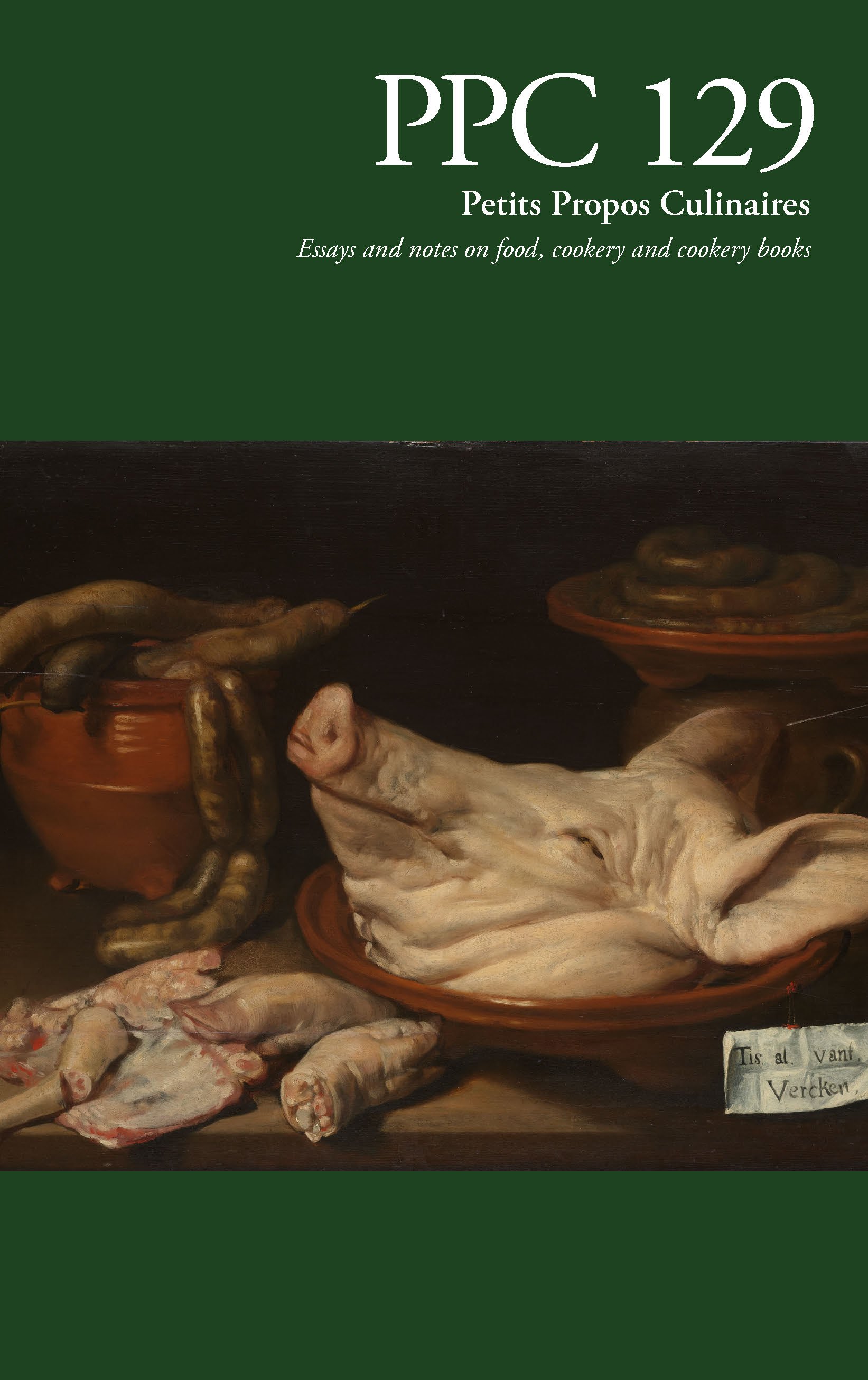Soma
An Executive Summary
DOI:
https://doi.org/10.1558/ppc.29676Keywords:
Soma, Haoma, Stimulant drinks, Zoroastrian religion, Hindu religionAbstract
An outline of the nature of the ritual drink soma (Sanskrit) or haoma (Avestan) as described in ancient Indo-Iranian poetic traditions: how it was obtained, prepared, and consumed; what effects were reported. Several proposed identifications of the plant source are briefly discussed. The identification that is probably correct (Ephedra species) is placed in its context.
References
‘Soma’ in Vicipaedia: online at <https://la.wikipedia.org/wiki/Soma>
C. C. Bakels, ‘Report concerning the contents of a ceramic vessel found in the “white room” of the Gonur Temenos, Merv Oasis, Turkmenistan’, Electronic Journal of Vedic Studies, vol. 9 (2003)
Mary Boyce, ‘Haoma. II, the rituals’, Encyclopaedia Iranica 11 (2003): 662–7
John Brough, ‘Soma and Amanita muscaria’, Bulletin of the School of Oriental and African Studies, 34 (1971): 331–362
Willem Caland, Victor Henry, L’Agnistoma, 2 vols. Paris: Ernest Leroux, 1906
Wendy Doniger O’Flaherty, ‘The post-Vedic history of the soma plant’, in Robert Gordon Wasson, Soma: Divine Mushroom of Immortality (New York: Harcourt, Brace and World, 1968): 95–147
Harry Falk, ‘Soma I and II’, Bulletin of the School of Oriental and African Studies, 52 (1989): 77–90
Harry Falk, ‘Decent drugs for decent people: further thoughts on the nature of soma’, Orientalia Suecana, 51/52 (2002/2003)
David Stophlet Flattery, Martin Schwartz, Haoma and Harmaline: The Botanical Identity of the Indo-Iranian Sacred Hallucinogen ‘Soma’ and its Legacy in Religion, Language, and Middle Eastern Folklore. Berkeley: University of California Press, 1989
Daphne E. González-Juárez et al., ‘A review of the Ephedra genus: distribution, ecology, ethnobotany, phytochemistry and pharmacological properties’, Molecules, 25 (2020)
A. A. Macdonell, A. B. Keith, Vedic Index of Names and Subjects, vol. 2 (London: John Murray, 1912): 474–9
W. W. Malandra, ‘Hom Yašt’, Encyclopaedia Iranica 12 (2004): 431–4
Sandeep Pandey, ‘Ethnomedicinal potential of Sarcostemma acidum in different regions in India’, Asian Journal of Pharmaceutical and Clinical Research, 11 (2018): 395–400
Matthew Scarborough, ‘Hom Yašt (Yasna 9): translation and parsing’: online at <https://hcommons.org/deposits/objects/hc:30460/datastreams/CONTENT/content>
Frits Staal, ‘How a psychoactive substance becomes a ritual: the case of soma’, Social Research, 68 (2001): 745–778
Dieter Taillieu, ‘Haoma. I, botany’, Encyclopaedia Iranica 11 (2003): 659–662
George Thompson, ‘Soma and ecstasy in the Rgveda’, Electronic Journal of Vedic Studies, 9 (2003)

